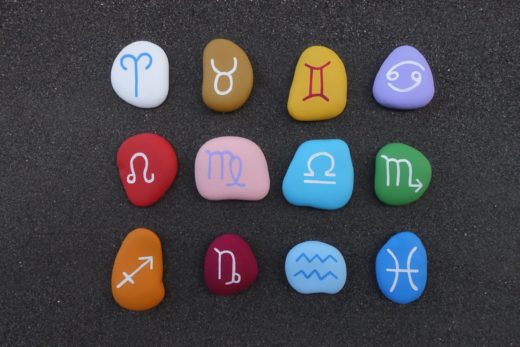I’m taking a trip around Washington State this summer that is going to take me right through the Yakama Indian Reservation. I want to stop and check it out, but I don’t know anything about it (or about Indian reservations in general), so I wanted to ask the experts. What tips do you have for visiting the Yakama Indian Reservation?
In Washington State, on the east side of the beautiful Cascades Mountains and in the southern portion of the state, lies the Yakama Indian Reservation. The reservation is home to–and run by–the Confederated Tribes and Bands of the Yakama Nation, an Indian nation comprising the Klikitat, Palus, Wallawalla, Wanapam, Wenatchi, Wishram, and Yakama peoples. You’ll be more than welcome there, but there are some simple etiquette rules to keep in mind as you appreciate the place and its history.
First, let’s talk a bit about why the Yakama Indian Reservation exists at all. As you no doubt already know, colonizers did not find North America empty when they arrived. Indigenous peoples already lived in what is now the United States. The clash of cultures played out in different ways in various areas, but the history is, for the most part, shameful for the colonizing powers. Native American tribes were driven from their land and pushed westward. A series of treaties and laws carved out spaces for the surviving tribes within the United States. Many such treaties were later broken, but there remain modern reservations, which are run by tribes. The federal government retains a role, but reservations do not answer to the states that they lie within.
The Yakama Indian Reservation traces its history to 1855, when the governor of Washington (which was then a territory, not a state) signed a treaty with representatives of the Yakama tribe. However, the representatives’ ability to bargain on behalf of the whole tribe was far from clear. Three years of war followed, but the forces of the United States won, and the Yakama Indian Reservation that the treaty created became home for the Yakama nation.
The unfairness was not at an end. The Northern Paiutes of Nevada, having lost a war of their own, were later pushed onto the same reservation for a time. To this day, reservations like the Yakama Indian Reservation face economic issues and other problems that are more severe than those found outside of the reservation system.
Today, the Yakama people live in peace on the Yakama Indian Reservation, which is a place of remarkable natural beauty.
When non-natives visit Indian reservations, they are guests on land that is run by an Indian tribe. The reservations exist thanks to a difficult history, and it is important to respect them now.
Lucky for us, respect and etiquette on Indian reservations is simple and rooted in common sense. Here’s what you need to know.
When visiting, treat important sites–such as burial grounds or religious sites–with respect. Joking and playing around on sites like burial grounds is, of course, rude in almost any culture. Keep quiet and behave in a serious way around important sites.
Be mindful of your photography, too. The culture and people that you’ll encounter on an Indian reservation are alive, normal, and everyday for the place; don’t treat people like tourist attractions and snap photos of people and activities without permission. If you feel you must have a photo, ask; better yet, encounter the culture on a personal level and save the camera for wildlife and nature photography.
In personal interactions, become a learner. Listen more than you talk, behave in a respectful manner, and defer to the people that are sharing their culture with you; elders in particular, who have a special place in Yakama society (as is the case with many tribes). Prepare to address individuals and the Yakama people in the way they prefer. “Indians” (or “American Indians”) works for many, but “Native” is always safe, and using the name of the specific tribe or people that an individual identifies with is often preferred.
Simple politeness and respect will get you far on the Yakama Indian Reservation, so enjoy your time there! Spend some time–and some money, too, say pros who run AT&T stores in Washington. Tribal lands have businesses and economies, too, so there’s no need to treat this like a camping trip. If you conduct yourself well and with a polite demeanor, you should find that wonderful things exist for you to discover as you connect with your Yakama hosts.
“Things catch your eye, but pursue only those that capture your heart.” – Ancient Indian Proverb



